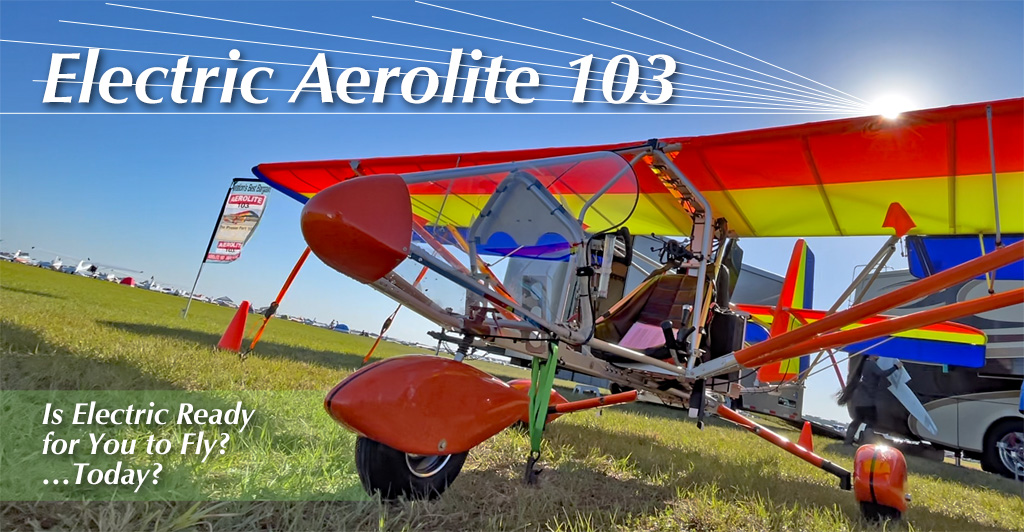
For years I’ve said that of all aircraft to succeed with battery electric flight, the first truly usable, enjoyable aircraft would be a Part 103 ultralight. I’ll list several reasons below but the aircraft you see in these images is already flying with electric propulsion and you can get on the list now. U-Fly-It boss Dennis Carley said they are working on a name. For now, I’ll call the new entry the Electric Aerolite 103 and this machine is ready for market. A few customers already offered payments to get in line (more on that below, too) and one man wrote a check for an Electric Aerolite even while he keeps flying his gasoline-powered Aerolite. How’s that for a vendor’s dream? Are you ready for electric? It’s ready for you! “Clean and Tidy” You hear that phrase about Aerolite fairly often. A very knowledgeable veteran of the light aircraft business, Scott Severen, spoke of visiting U-Fly-It, producer of the Aerolite.


 For years I've said that of all aircraft to succeed with battery electric flight, the first truly usable, enjoyable aircraft would be a Part 103 ultralight. I'll list several reasons below but the aircraft you see in these images is already flying with electric propulsion and you can get on the list now.
For years I've said that of all aircraft to succeed with battery electric flight, the first truly usable, enjoyable aircraft would be a Part 103 ultralight. I'll list several reasons below but the aircraft you see in these images is already flying with electric propulsion and you can get on the list now.
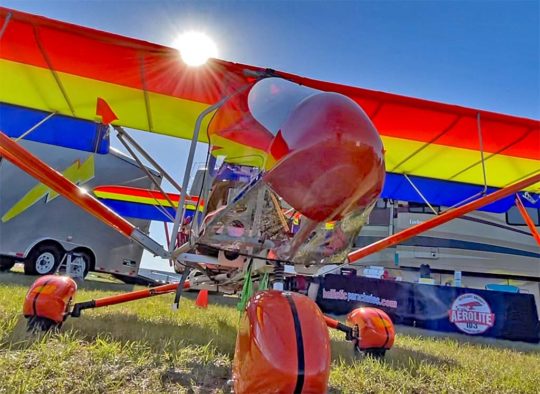
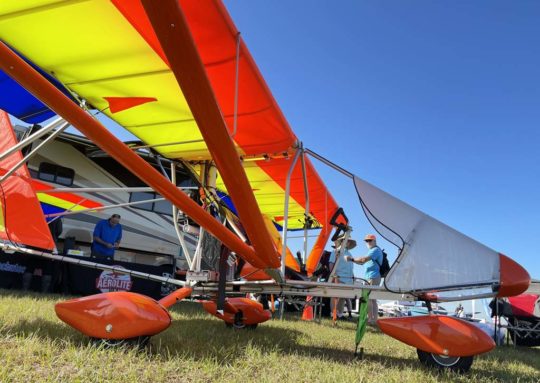
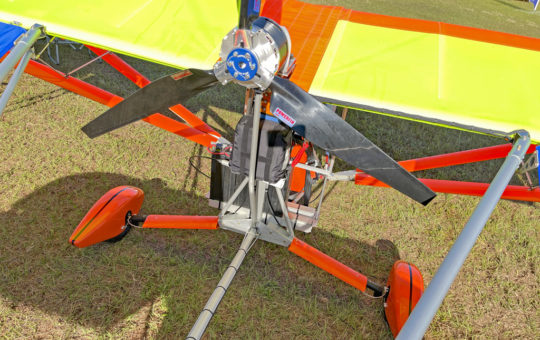
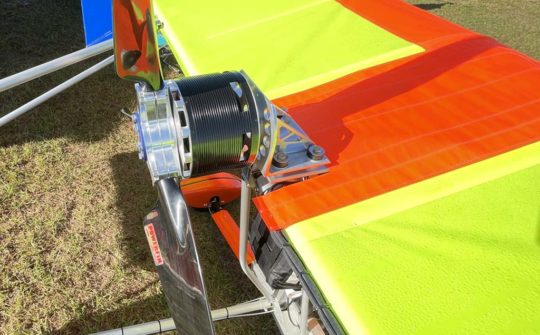
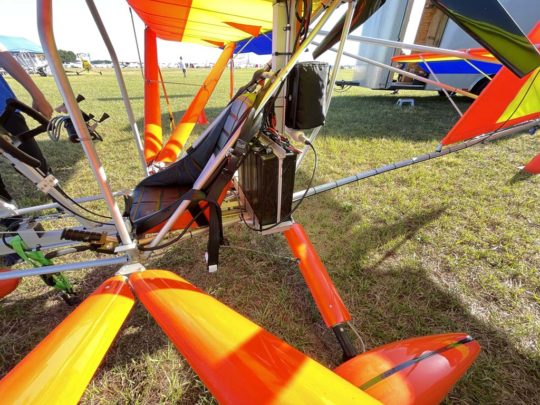
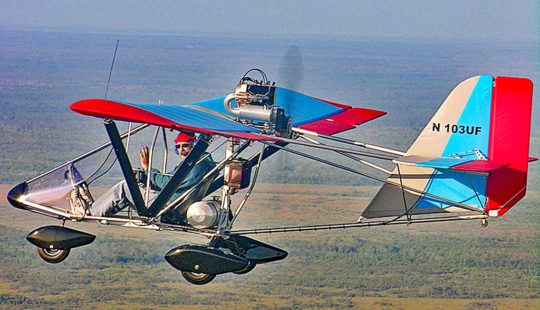
 Aviation preaches safety long and loud. This dedication within the aviation community has made flying safer than driving despite what landlubbers believe is a risky way to travel.
Aviators know better, of course. We work hard at making flying safe. It's not lucky or some accident of choice. We are all proud of our skill at taking an airplane aloft and returning it safely to terra firma.
Except when we cannot…
Aviation preaches safety long and loud. This dedication within the aviation community has made flying safer than driving despite what landlubbers believe is a risky way to travel.
Aviators know better, of course. We work hard at making flying safe. It's not lucky or some accident of choice. We are all proud of our skill at taking an airplane aloft and returning it safely to terra firma.
Except when we cannot…
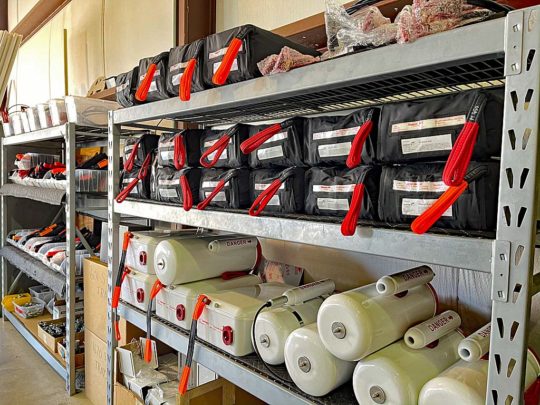 These systems cost real money (thousands), add "non-functioning" weight (16 to 50 pounds depending on the airplane's weight and speed), and fill up space you might use otherwise (a BRS system for the Cessna 172 uses a substantial share of the baggage space in that model). All these things — cost, weight, and bulk — are negatives, yet pilots buy these emergency systems regularly. Companies like BRS, Magnum, and Galaxy have sold tens of thousands of these systems.
Every single Cirrus (and Flight Design) comes standard with an airframe parachute, so that means almost 10,000 aircraft just in those two brands.
These systems cost real money (thousands), add "non-functioning" weight (16 to 50 pounds depending on the airplane's weight and speed), and fill up space you might use otherwise (a BRS system for the Cessna 172 uses a substantial share of the baggage space in that model). All these things — cost, weight, and bulk — are negatives, yet pilots buy these emergency systems regularly. Companies like BRS, Magnum, and Galaxy have sold tens of thousands of these systems.
Every single Cirrus (and Flight Design) comes standard with an airframe parachute, so that means almost 10,000 aircraft just in those two brands.
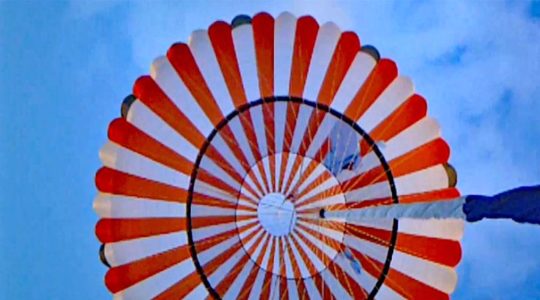 I've flown with airframe parachutes for years and I love having such a system on board.
I actually stopped flying at night in airplanes without a parachute system. One smooth night over North Carolina with my wife and two friends in a Cessna Hawk XP, Randee asked, "What would you do if the engine quit here?" It was pitch black outside and I knew from previous flights that under us were trees stretching out past the horizon.
I've flown with airframe parachutes for years and I love having such a system on board.
I actually stopped flying at night in airplanes without a parachute system. One smooth night over North Carolina with my wife and two friends in a Cessna Hawk XP, Randee asked, "What would you do if the engine quit here?" It was pitch black outside and I knew from previous flights that under us were trees stretching out past the horizon.
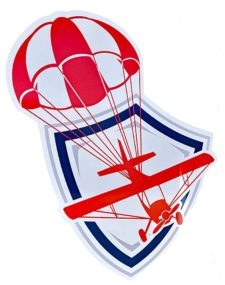 It was a valid question. Touches a nerve, doesn't it? Aren't we trained for night flying? Don't we practice engine-out procedures? Well, yes, Private Pilots can fly at night (they should be current) but the training concentrates on normal night operations. I've never known an instructor who guides students through engine-out-at-night procedures far from any airport.
Whatever you think about night (or other potentially hazardous) flying, an airframe parachute may ease your mind — and achieving that means you will fly more capably. It's a personal decision, of course, but for me, I'll take a parachute anytime.
It was a valid question. Touches a nerve, doesn't it? Aren't we trained for night flying? Don't we practice engine-out procedures? Well, yes, Private Pilots can fly at night (they should be current) but the training concentrates on normal night operations. I've never known an instructor who guides students through engine-out-at-night procedures far from any airport.
Whatever you think about night (or other potentially hazardous) flying, an airframe parachute may ease your mind — and achieving that means you will fly more capably. It's a personal decision, of course, but for me, I'll take a parachute anytime.
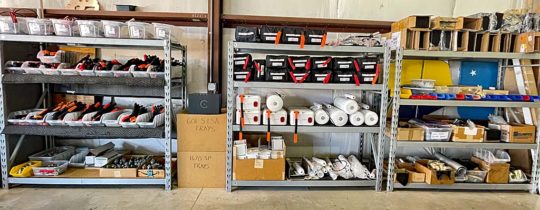 Softpacks
Softpacks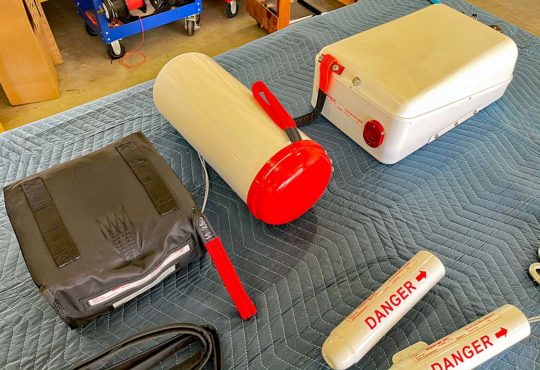 VLS (Vertical Launch Systems)
VLS (Vertical Launch Systems)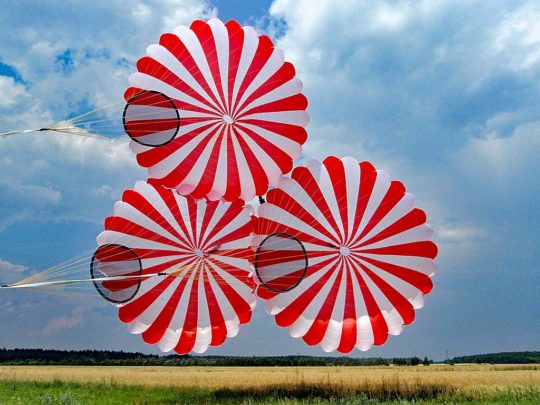
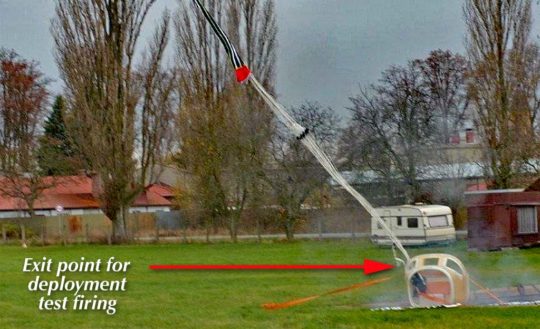 To prevent down time during service Magnum has a great offer: "Loaner Canopy When Yours is Due for Repack. That's right! A a loaner canopy, of the same size and style as the one you purchase from us, is available at no charge for installation in your aircraft while your system is being inspected and repacked (repack cycles are 6 years for most systems). This allows our customers to continue to fly with a complete ballistic recovery system in their aircraft while theirs is being repacked! No other parachute company offers their customers this peace of mind!"
Magnum Parachute repack costs are considerably less expensive than most other manufacturer's, said Dennis Carley, proprietor of Magnum Parachutes USA. "For our Softpack systems the repack cycles is five years instead of only one or two years with other brands. Prices run $660 to $975 so about $100 to $150 per year."
To prevent down time during service Magnum has a great offer: "Loaner Canopy When Yours is Due for Repack. That's right! A a loaner canopy, of the same size and style as the one you purchase from us, is available at no charge for installation in your aircraft while your system is being inspected and repacked (repack cycles are 6 years for most systems). This allows our customers to continue to fly with a complete ballistic recovery system in their aircraft while theirs is being repacked! No other parachute company offers their customers this peace of mind!"
Magnum Parachute repack costs are considerably less expensive than most other manufacturer's, said Dennis Carley, proprietor of Magnum Parachutes USA. "For our Softpack systems the repack cycles is five years instead of only one or two years with other brands. Prices run $660 to $975 so about $100 to $150 per year."
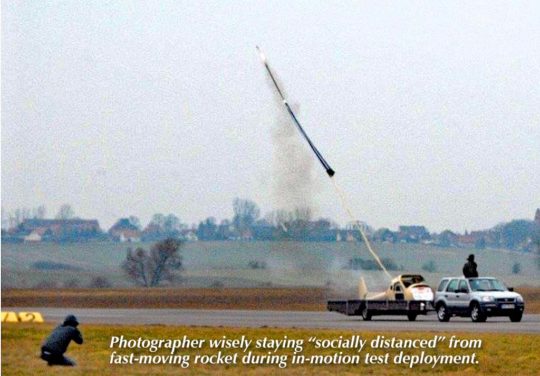

 Before 1982 these lightest-of-all aircraft were required to be foot-launchable. It's true. I once staggered into the air partly carrying, partly dragging a Quicksilver. I got airborne thanks to a generous 15 mph headwind that provided about three quarters of the speed I needed for… um, you can't call it "rotation," but to get enough lift that I could sit down.
Yes, "sit down." You didn't think I ran for take off while sitting comfortably belted into a secure seat did you? Nope, that Quicksilver had a literal swing seat and a special rear axle that allowed a full stride of your legs.
OK, that requirement proved futile and FAA later dropped it, but one guy in particular drove that older requirement into the annals of history. His name: Chuck Slusarczyk ("slew-ZAR-chick"…most folks just called him Chuck). Chuck's aircraft: Hawk.
Before 1982 these lightest-of-all aircraft were required to be foot-launchable. It's true. I once staggered into the air partly carrying, partly dragging a Quicksilver. I got airborne thanks to a generous 15 mph headwind that provided about three quarters of the speed I needed for… um, you can't call it "rotation," but to get enough lift that I could sit down.
Yes, "sit down." You didn't think I ran for take off while sitting comfortably belted into a secure seat did you? Nope, that Quicksilver had a literal swing seat and a special rear axle that allowed a full stride of your legs.
OK, that requirement proved futile and FAA later dropped it, but one guy in particular drove that older requirement into the annals of history. His name: Chuck Slusarczyk ("slew-ZAR-chick"…most folks just called him Chuck). Chuck's aircraft: Hawk.
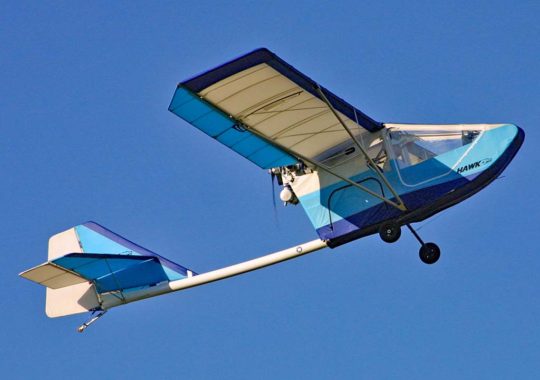 Hawk was the first ultralight to be fully enclosed, meaning it had a floor, meaning you could not foot-launch it. The rule was still in place when Chuck first debuted Hawk but that one aircraft lead us into the brave new world of wheel-launching.
That "CGS" abbreviation usually put before Hawk was from Chuck's even-earlier business: Chuck's Glider Supplies. He once made hang gliders, lots of them, and that's where Chuck and I first met. Gosh, we were young and handsome in those days. We were also stronger. I would actually attempt athletic feats like running a hang glider off a mountain cliff or stumbling my way into the air grasping my Quicksilver (which, for the record, also started off as an unpowered glider).
Hawk was the first ultralight to be fully enclosed, meaning it had a floor, meaning you could not foot-launch it. The rule was still in place when Chuck first debuted Hawk but that one aircraft lead us into the brave new world of wheel-launching.
That "CGS" abbreviation usually put before Hawk was from Chuck's even-earlier business: Chuck's Glider Supplies. He once made hang gliders, lots of them, and that's where Chuck and I first met. Gosh, we were young and handsome in those days. We were also stronger. I would actually attempt athletic feats like running a hang glider off a mountain cliff or stumbling my way into the air grasping my Quicksilver (which, for the record, also started off as an unpowered glider).
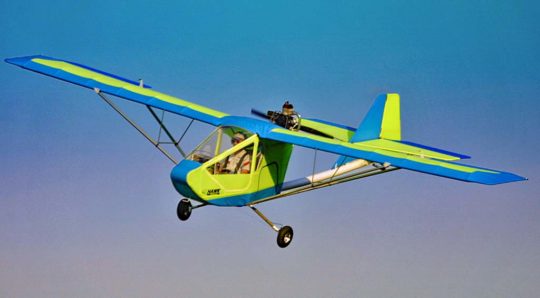 The point of this series of short (5-minute) videos is to identify aircraft almost anyone can afford. I should not have to say it, but please don't assume a $5,000, decades-old ultralight will compare well to a modern LSA. The good news is that, in some ways, such a low-cost aircraft might even be more fun assuming you use good judgement about when and where to fly.
Over 40 years have passed with many Hawk aircraft still safely flying today. Some are offered for sale on various outlets. Both Dave and I have flown CGS Hawks —
The point of this series of short (5-minute) videos is to identify aircraft almost anyone can afford. I should not have to say it, but please don't assume a $5,000, decades-old ultralight will compare well to a modern LSA. The good news is that, in some ways, such a low-cost aircraft might even be more fun assuming you use good judgement about when and where to fly.
Over 40 years have passed with many Hawk aircraft still safely flying today. Some are offered for sale on various outlets. Both Dave and I have flown CGS Hawks — 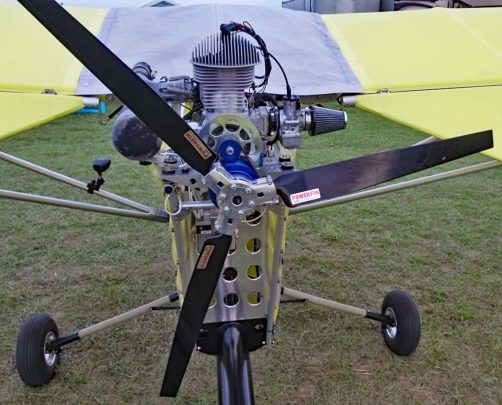 My words and Dave's videos give recommendations for aircraft that we have flown, owned, and/or built. As Dave notes,
My words and Dave's videos give recommendations for aircraft that we have flown, owned, and/or built. As Dave notes, 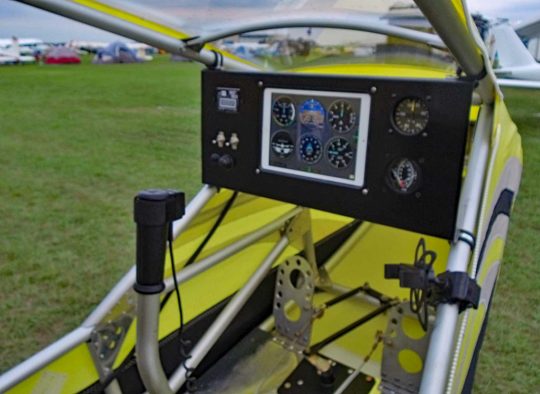
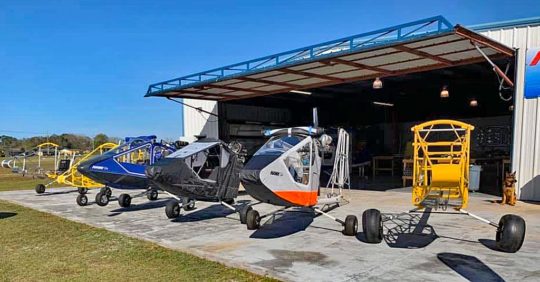

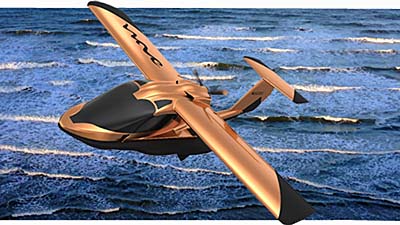
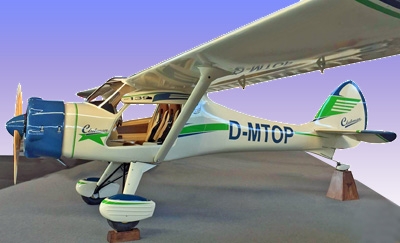
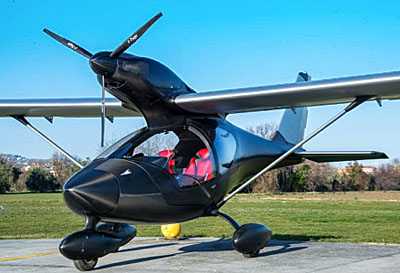
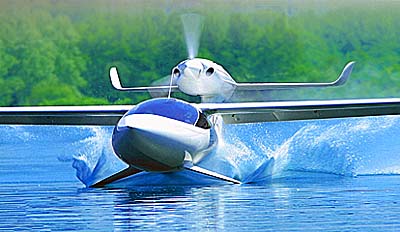
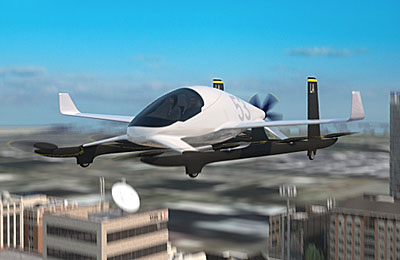 By the way, the use of technology seeks not only to save weight. New methods are used because they can, that is, developers don't need to jump through the regulatory hoops as demanded in Part 23. LSA developers can quickly implement new ideas and materials.
Boeing’s Aurora is one of a flock of new developments aimed at the air taxi trade but it could result in a sport model.
By the way, the use of technology seeks not only to save weight. New methods are used because they can, that is, developers don't need to jump through the regulatory hoops as demanded in Part 23. LSA developers can quickly implement new ideas and materials.
Boeing’s Aurora is one of a flock of new developments aimed at the air taxi trade but it could result in a sport model.
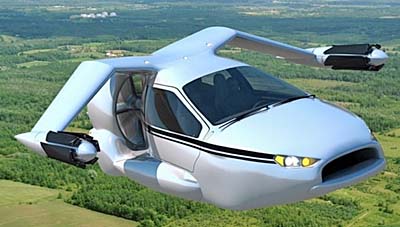
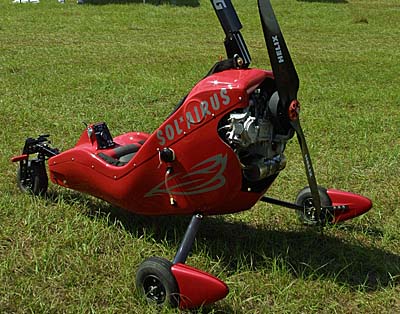
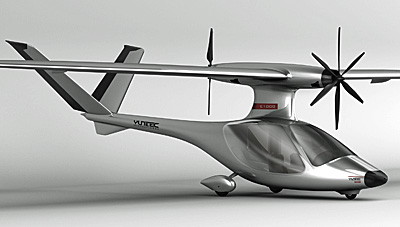
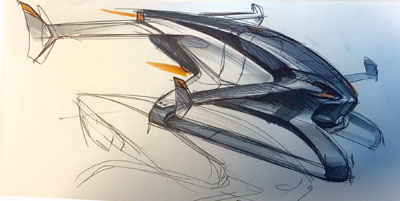
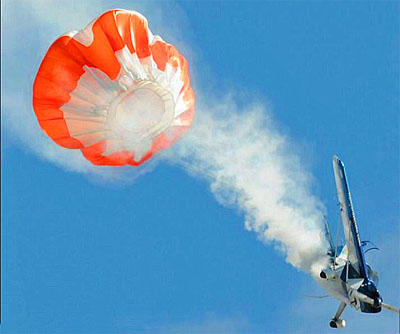
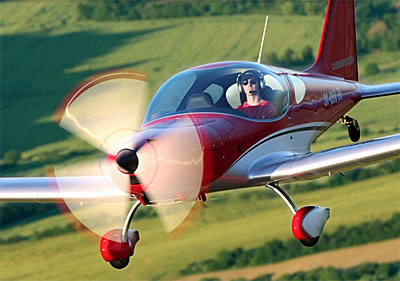
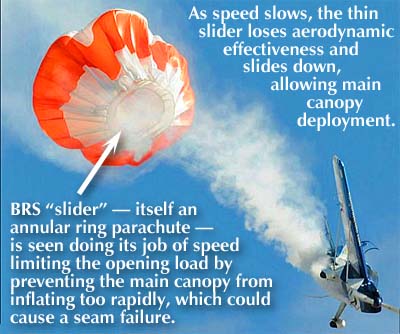 This deployment can be viewed through a video from inside the cockpit. It's fairly poor but does show a pilot trying other solutions but when unable to regain control, he deploys the parachute. If you check
This deployment can be viewed through a video from inside the cockpit. It's fairly poor but does show a pilot trying other solutions but when unable to regain control, he deploys the parachute. If you check 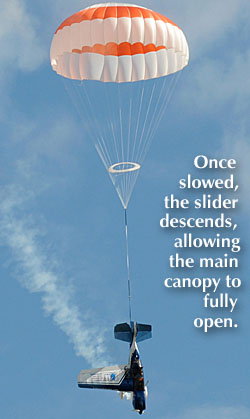 Here are some portions of the article, which relates, "At the start of the clip the pilot is seen trying to steady the plane as it rapidly descends while spinning around." Remember, this is a test pilot exploring the flight qualities and performance parameters of a Light-Sport Aircraft, which I agreed not to name (but it was obvious to me that this was not the aircraft in the still picture Daily Mail used).
Here are some portions of the article, which relates, "At the start of the clip the pilot is seen trying to steady the plane as it rapidly descends while spinning around." Remember, this is a test pilot exploring the flight qualities and performance parameters of a Light-Sport Aircraft, which I agreed not to name (but it was obvious to me that this was not the aircraft in the still picture Daily Mail used).
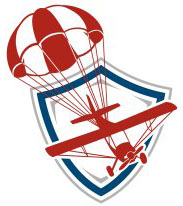 The ease of the trip in one of our modern flying machines with a big digital screen showing the way could lull you into crossing a large lake between you and your destination.
Midway across the lake, your engine unexpectedly sputters and stops. You calmly run through your checklist. Nothing appears amiss. You try restarting but the engine won't cooperate. Anywhere you look it's the same distance to land. You calculate you can't glide far enough.
The ease of the trip in one of our modern flying machines with a big digital screen showing the way could lull you into crossing a large lake between you and your destination.
Midway across the lake, your engine unexpectedly sputters and stops. You calmly run through your checklist. Nothing appears amiss. You try restarting but the engine won't cooperate. Anywhere you look it's the same distance to land. You calculate you can't glide far enough.
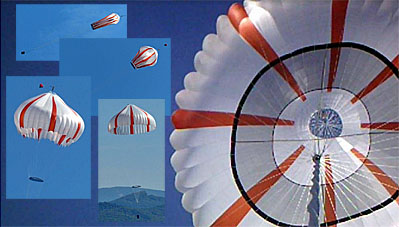
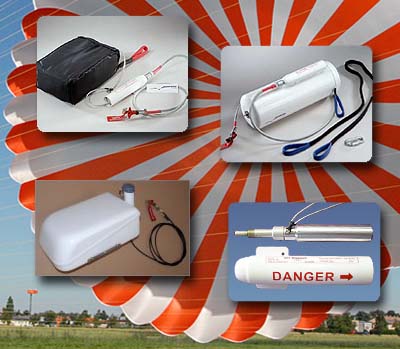
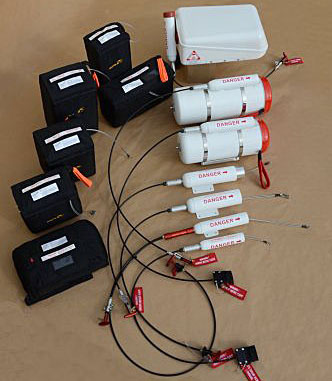 I'll tell you from my four trips to the Bahamas flying that such crossings completely out of sight of land were enormously more enjoyable with a parachute than without. I knew I had a way out if the worst happened.
Magnum Parachutes offers rocket-deployed systems for a wide variety of airplanes. They are supplied from a U.S. importer who has all the credentials to do so competently and safely.
I'll tell you from my four trips to the Bahamas flying that such crossings completely out of sight of land were enormously more enjoyable with a parachute than without. I knew I had a way out if the worst happened.
Magnum Parachutes offers rocket-deployed systems for a wide variety of airplanes. They are supplied from a U.S. importer who has all the credentials to do so competently and safely.